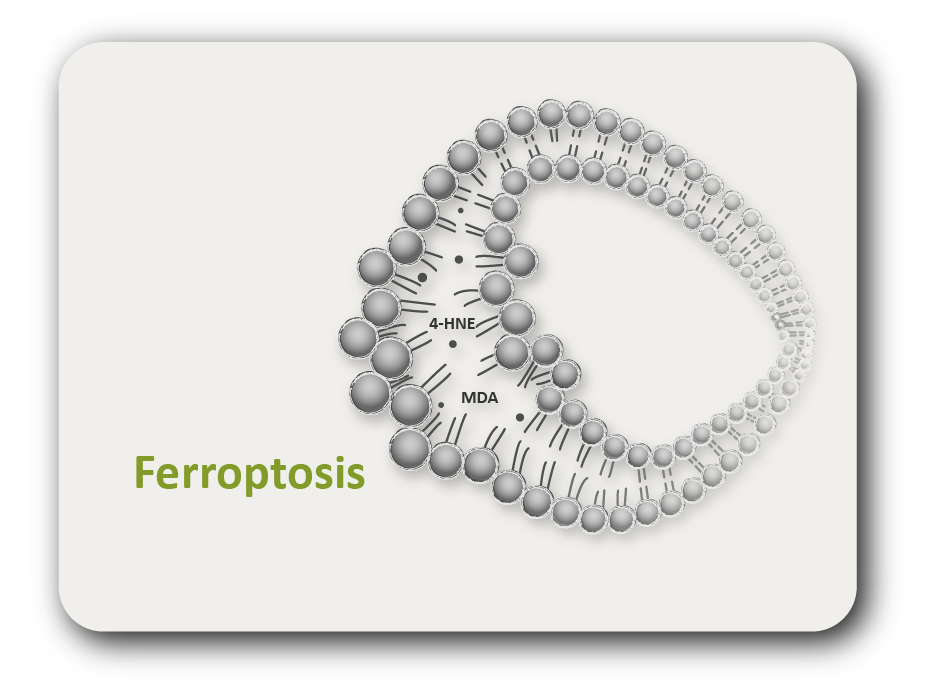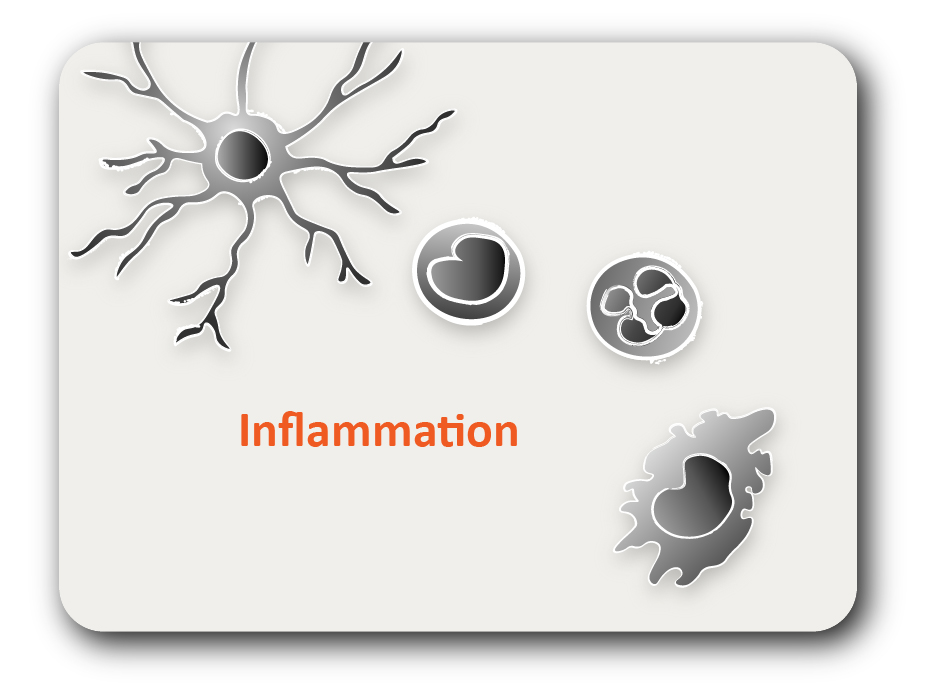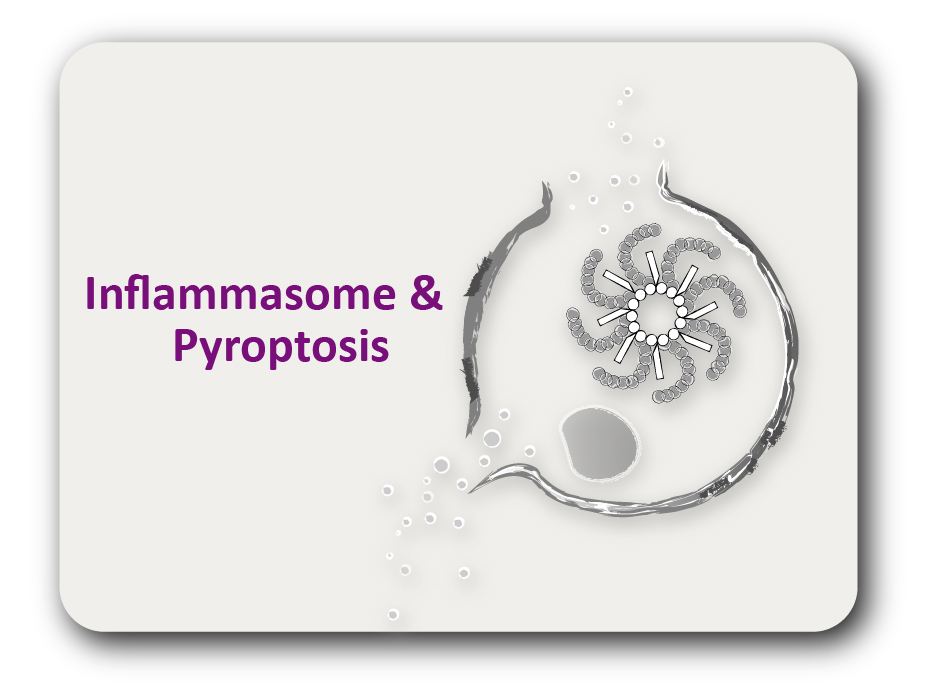ARG45338
anti-CCL27 / CTACK antibody [7H44]
anti-CCL27 / CTACK antibody [7H44] for IHC-Formalin-fixed paraffin-embedded sections and Human
Overview
| Product Description | Mouse Monoclonal antibody [7H44] recognizes CCL27 / CTACK |
|---|---|
| Tested Reactivity | Hu |
| Tested Application | IHC-P |
| Host | Mouse |
| Clonality | Monoclonal |
| Clone | 7H44 |
| Isotype | IgG1 |
| Target Name | CCL27 / CTACK |
| Antigen Species | Human |
| Immunogen | Recombinant Human CCL27 / CTACK. |
| Conjugation | Un-conjugated |
| Alternate Names | ILC; SCYA27; CTACK; Cutaneous T-cell-attracting chemokine; CTAK; PESKY; ESkine; Skinkine; ESKINE; Small-inducible cytokine A27; IL-11 R-alpha-locus chemokine; C-C motif chemokine 27; ALP; CC chemokine ILC |
Application Instructions
| Application Suggestion |
|
||||
|---|---|---|---|---|---|
| Application Note | * The dilutions indicate recommended starting dilutions and the optimal dilutions or concentrations should be determined by the scientist. |
Properties
| Form | Powder |
|---|---|
| Purification | Protein G chromatography |
| Buffer | PBS |
| Reconstitution | PBS |
| Concentration | 0.2 mg/ml |
| Storage Instruction | For continuous use, store undiluted antibody at 2-8°C for up to a week. For long-term storage, aliquot and store at -20°C or below. Storage in frost free freezers is not recommended. Avoid repeated freeze/thaw cycles. Suggest spin the vial prior to opening. The antibody solution should be gently mixed before use. |
| Note | For laboratory research only, not for drug, diagnostic or other use. |
Bioinformation
| Database Links | |
|---|---|
| Gene Symbol | CCL27 |
| Gene Full Name | chemokine (C-C motif) ligand 27 |
| Background | This gene is one of several CC cytokine genes clustered on the p-arm of chromosome 9. Cytokines are a family of secreted proteins involved in immunoregulatory and inflammatory processes. The CC cytokines are proteins characterized by two adjacent cysteines. The protein encoded by this gene is chemotactic for skin-associated memory T lymphocytes. This cytokine may also play a role in mediating homing of lymphocytes to cutaneous sites. It specifically binds to chemokine receptor 10 (CCR10). Studies of a similar murine protein indicate that these protein-receptor interactions have a pivotal role in T cell-mediated skin inflammation. [provided by RefSeq, Sep 2014] |
| Function | Chemotactic factor that attracts skin-associated memory T-lymphocytes. May play a role in mediating homing of lymphocytes to cutaneous sites. Binds to CCR10. [UniProt] |
| Cellular Localization | Secreted. [UniProt] |
| Calculated MW | 13 kDa |
| PTM | Disulfide bond. [UniProt] |
Images (1) Click the Picture to Zoom In





